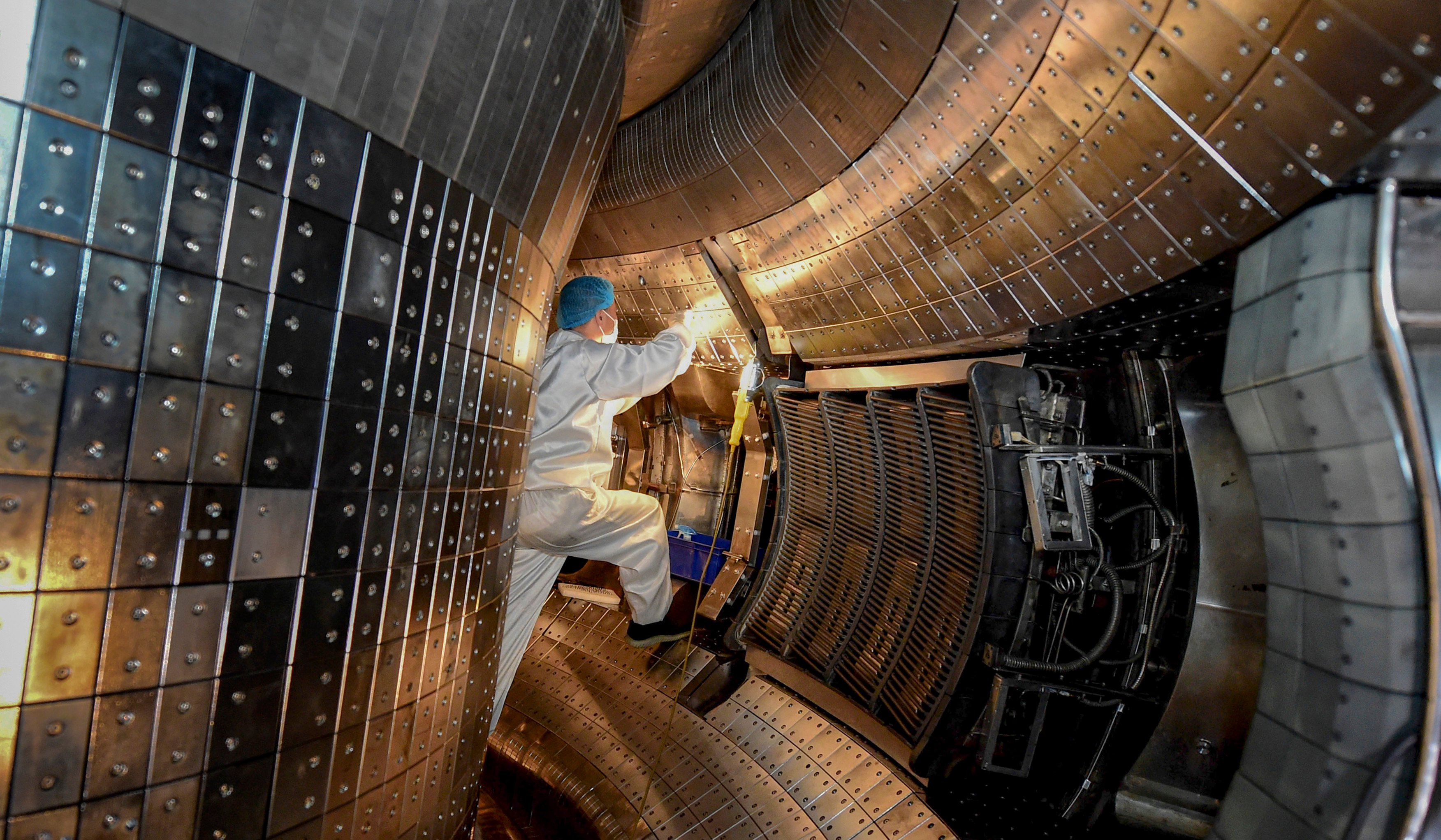
In its quest to create an “artificial sun,” China has carried out yet another nuclear fusion experiment. The Experimental Advanced Superconducting Tokamak (EAST) fusion energy reactor produced a fake sun on Wednesday night that endured plasma for an astounding 403 seconds, smashing the previous record of 101 seconds it had achieved in 2017.
At least 300 seconds are needed to demonstrate steady-state activities, according to various estimations. Scientists think it is a significant advancement in light of the figure.
Director of the Institute of Plasma Physics at the Chinese Academy of Sciences, Song Yuntao, told Chinese state media that their work has improved the technical and financial viability of fusion reactors.
“The main significance of this new breakthrough lies in its ‘high-confinement mode’, under which the temperature and density of the plasma increase significantly,” Song told Xinhua news agency.
“The record is also a big step forward for our team in terms of fundamental physics research, fusion engineering, and project operation and maintenance.”
Since 2006, EAST has been run by Chinese scientists. Currently, the reactor has finished more than 120,000 tests. In 2018, the reactor managed to retain plasma for about 18 minutes at a temperature of almost 70 million degrees Celsius, shattering yet another record. The functioning mode, though, was different from the one employed on Wednesday for the test.
Beijing wants to make another significant advancement in the industry after experiencing some success. The Engineering Test Reactor (CFETR), a next-generation artificial sun that will begin operating by 2035, has already been designed.
Last year, researchers at the Korea Superconducting Tokamak Advanced Research (KSTAR) reactor built an artificial sun that was capable of reaching temperatures of up to 100 million degrees Celsius for 30 seconds.
